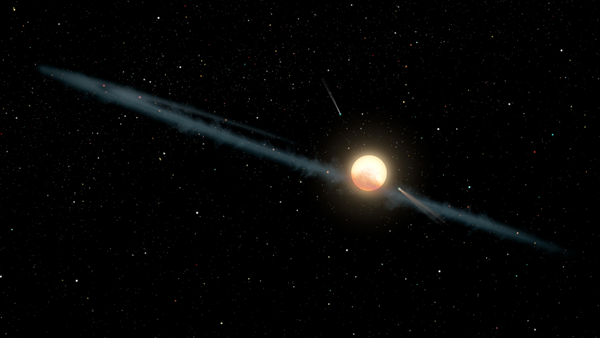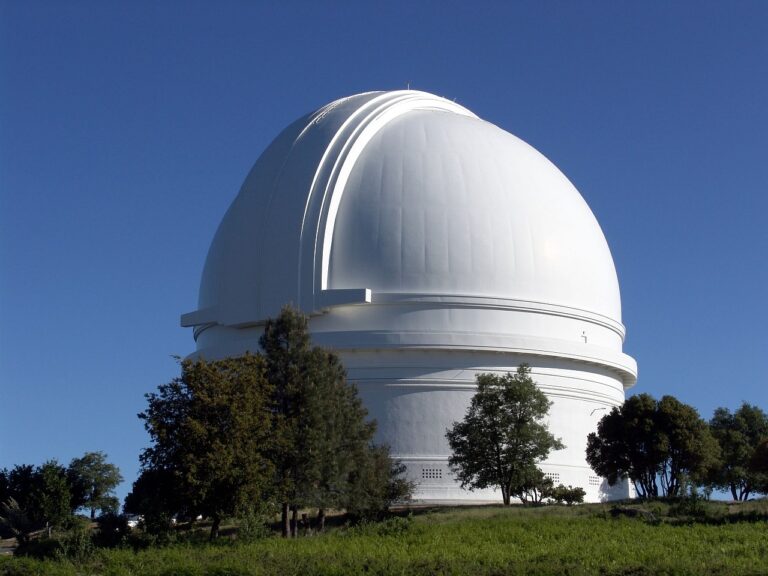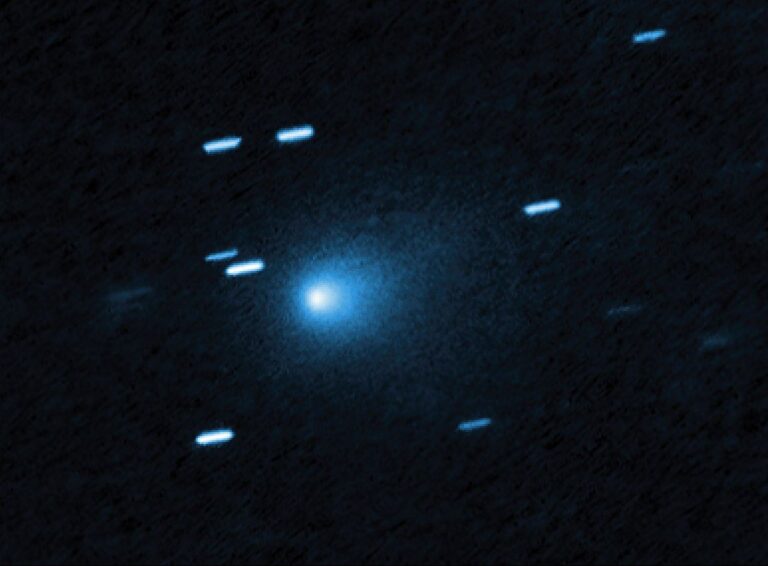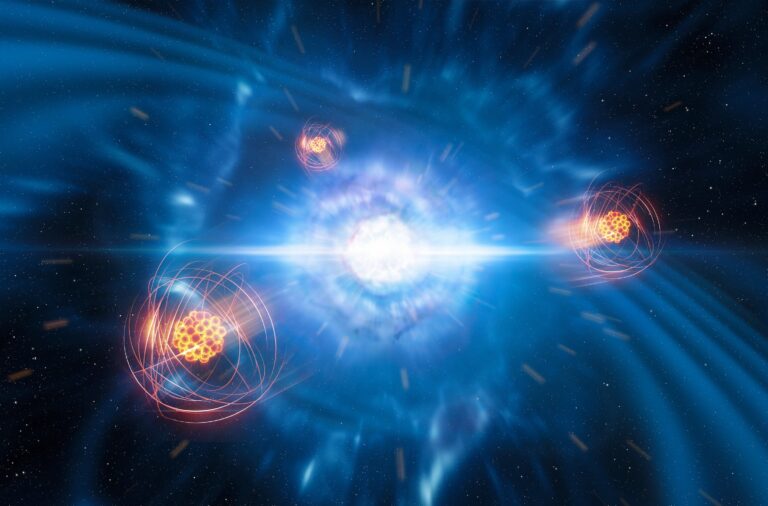Key Takeaways:
Instead, the solution is much more mundane: “Dust is most likely the reason why the star’s light appears to dim and brighten,” Tabetha Boyajian, an assistant professor in physics and astronomy at Louisiana State University and the star’s discoverer, said in a press release. The data, collected between 2015 and 2017 and showing four dips in brightness of 1-2.5 percent, is available in a paper in The Astrophysical Journal Letters.
Though the explanation of circumstellar dust seems likely, it was nonetheless elusive until the most recent data was considered. The problem is, dust should be bright at some wavelengths (infrared) and dim at others (visible), and whatever is around Tabby’s Star didn’t show the expected infrared excess.
How do you rule out an alien megastructure, though?
Catching those dips as they occurred was the key to unlocking this star’s mystery. “We were hoping that once we finally caught a dip happening in real time we could see if the dips were the same depth at all wavelengths. If they were nearly the same, this would suggest that the cause was something opaque, like an orbiting disk, planet, or star, or even large structures in space,” said Jason Wright of Penn State, one of more than 200 researchers associated with the data-collection campaign.
After studying the four dips — named Elsie, Celeste, Scara Brae, and Angkor by crowdfunding supporters — the researchers found that the dimming was much more pronounced at some wavelengths, and less intense at others. That’s the opposite of what’s expected from something solid: “The new data shows that different colors of light are being blocked at different intensities. Therefore, whatever is passing between us and the star is not opaque, as would be expected from a planet or alien megastructure,” said Boyajian.
The wild speculation behind Tabby’s Star may be coming to an end, but the campaign that led to it signals the beginning of something new in the field of astronomy. Rather than isolated, small observing projects performed by professional astronomers, citizen scientists and globe-spanning data collection campaigns are now playing a bigger and more central role in astronomy than ever before. The star itself was identified from Kepler data via the citizen science project Planet Hunters, which is still active.
Boyajian emphasized the importance of citizen science in the star’s discovery and study. “If it wasn’t for people with an unbiased look on our universe, this unusual star would have been overlooked,” she said, adding that “… without the public support for this dedicated observing run, we would not have this large amount of data.”
What’s the next chapter in the story of Tabby’s Star? While astronomers have ruled out aliens and highlighted the case for circumstellar dust as the cause of the star’s mysterious dimming, it’s now time to narrow down the type and cause of that dust. Boyajian believes that source could be exocomets, the signature of which have been successfully spotted around other stars, but it’s not the only explanation. Still others believe that maybe nothing is actually blocking the star at all, and it just brightens and dims on its own — a possibility not ruled out by this new data. While an alien civilization may not be lurking around this otherwise unremarkable star, KIC 8462852 will continue to retain some of its mystery a little longer.










